Balcombe Creek Estuary Boardwalk
16A Mirang Avenue, Mount Martha, 5kms
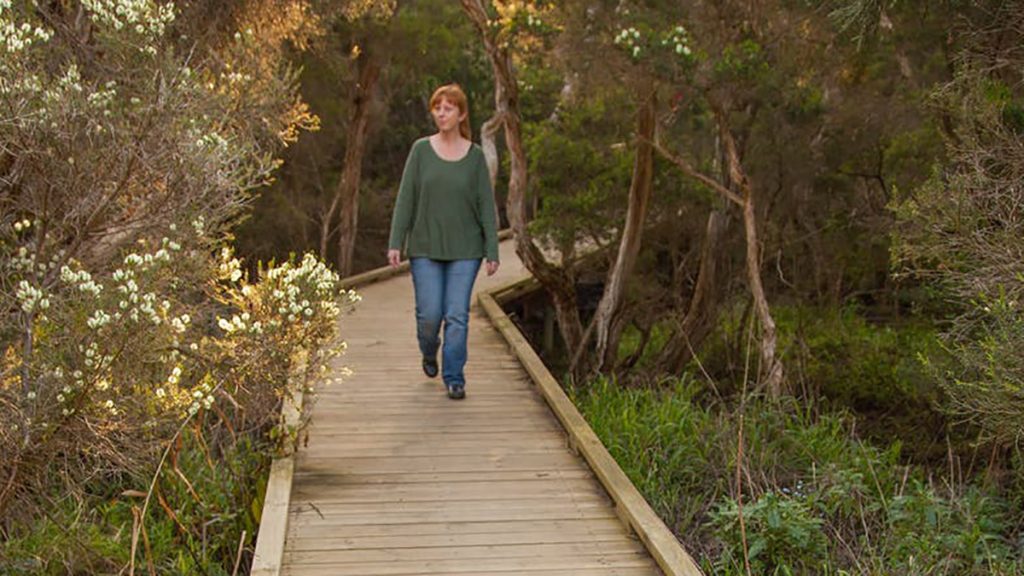
A wooden boardwalk and walking tracks run through the Mount Martha bushland along the south bank of the estuary from the Esplanade to the Nepean Highway. The Estuary is home to numerous species of flora and fauna.
Walk east through a vehicle gate following the main pedestrian trail which starts as a wide gravelled surface before becoming better defined and eventually turns into a boardwalk. The track divides at a number of points but you should follow the marker posts to ‘The Briars’ (or once or twice ‘The Boardwalk’). There are minor diversions to decks and viewing points on the Creek and the occasional person fishing.
After two kilometres, you will emerge briefly into a small informal car park and then turn left immediately to rejoin the foot track and then cross over a bridge over the creek. You then emerge onto a rough vehicle track and turn right for 150m before veering off back onto the foot track and back across the river. You will pass an off-leash dog area on your right before arriving at the Nepean Highway.
Here you can return to the start, or follow the trail under the Nepean Highway Bridge and into The Briars Park for additional walking tracks.
The Boonwurrung/Bunurong members of the Kulin Nation, the Mornington Peninsula’s traditional owners, called the Balcombe Creek area Tji’tjin’garook – the voice of frogs.
Devilbend Reservoir Walking Tracks
170 Graydens Road, Moorooduc, 3kms
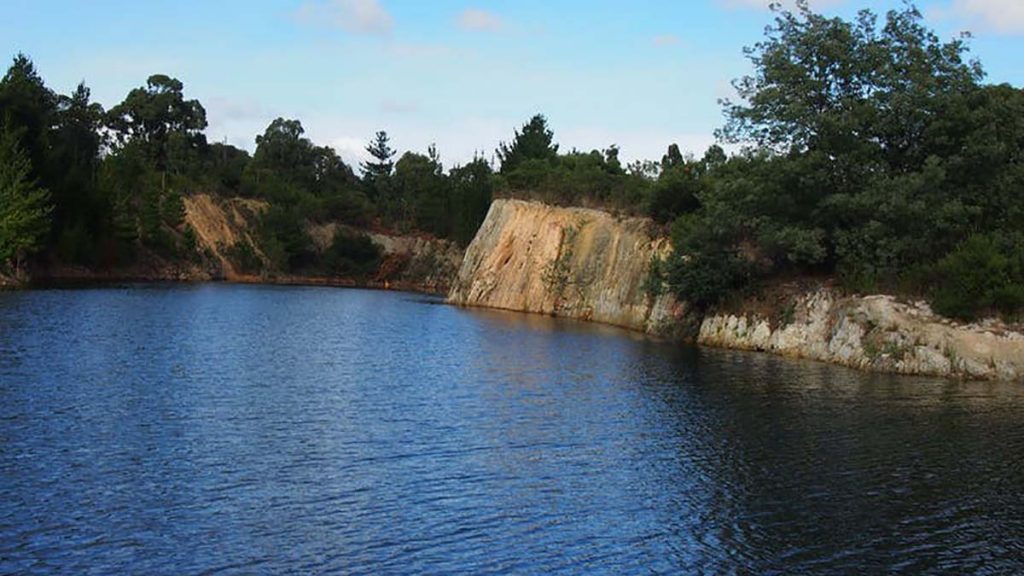
A haven for waterbirds and walkers, Devilbend Reserve comprises 422 hectares of native vegetation along with almost 250 hectares of water surface area. Devilbend can be explored by selected walking tracks. The trail system includes all‐ability access to the shoreline, viewing/fishing platforms and boardwalk. Dogs and other pets are not permitted.
The main walks are Western Shoreline Track – 1.2km – Descend from the Devilbend Picnic Area along the 2.5m wide shoreline trail on a compacted surface that takes in views across the expansive reservoir whilst making your way down to the fishing platforms and boardwalks.
Daangean Point Track – 1.5km return – This bushwalk runs through lowland forest from Daangean Point to the southern shoreline. The walk provides expansive views across the reservoir where waterbirds can be viewed.
For the more adventurous walker, the Devilbend Circuit Track – 11.5km, circumnavigates Devilbend Reservoir. The trail meanders through lowland forest and grassy woodland with multiple access points to the tranquil waterbody providing birdwatching and passive recreation.
A further 2.5km extension to include Bittern Reservoir Circuit is available.
Parking and facilities available at the Devilbend carpark off Graydens Road.
Mornington Foreshore Walk
1 Schnapper Point Drive, Mornington, 6kms
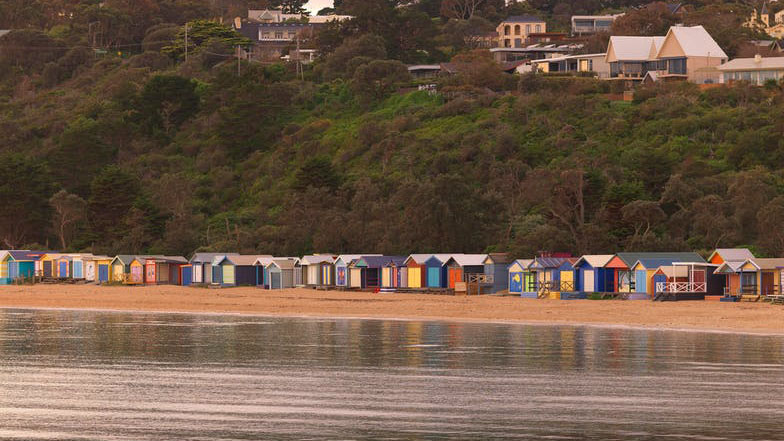
This 5-6km return walk takes you along the best of Mornington’s seafront. You will see the Mornington Harbour – probably the best in Port Phillip – bathing boxes, the Tanti Creek estuary, and the lovely Beleura Cliff Path that winds up from the beach to finish near the Mornington Golf Club.
Be sure to walk out to the end of the Pier before you start and see what the fishermen are catching. Follow the path next to the harbour past the boat ramp. Follow the seawall to the end of the car park and then veer right up the footpath that cuts up to the top of the cliffs. (Don’t go onto the sand).
Follow the path along the top of the cliffs on Schnapper Point Drive for 100m, before taking the track off to the left along the top of the cliffs and past a car park. Stay at the top of the cliffs until you reach a picnic ground/BBQ, then go down some steps and past the public toilets to a track that disappears up into the tea tree, away from both the beach and The Esplanade. This track continues through the coastal scrub, past one or two lookouts, to some steps to a small car park at the mouth of the Tanti Creek.
Go through the car park, cross the footbridge, follow the sea wall and through another car park onto the beach at the Life Saving Club.
Walk along Mills Beach past the colourful bathing boxes for 700m.
Immediately after the last bathing box, turn right up the wooden steps that lead to the Beleura Cliff Path. This track sidles up the cliffs for 600m and offers brilliant views across the Bay to the city skyline and along the coast. The path here is nicely graded so relatively easy to climb if you go slowly. It finally emerges at Caraar Creek Lane.
At this point, you retrace your steps back along the coast to the Harbour, or you can explore this pleasant tree-lined residential area and work your way back to the beach and the Harbour.
Rye Ocean Beach to Number 16 Beach
Rye Ocean Beach Access Road, Saint Andrews Beach, 4kms
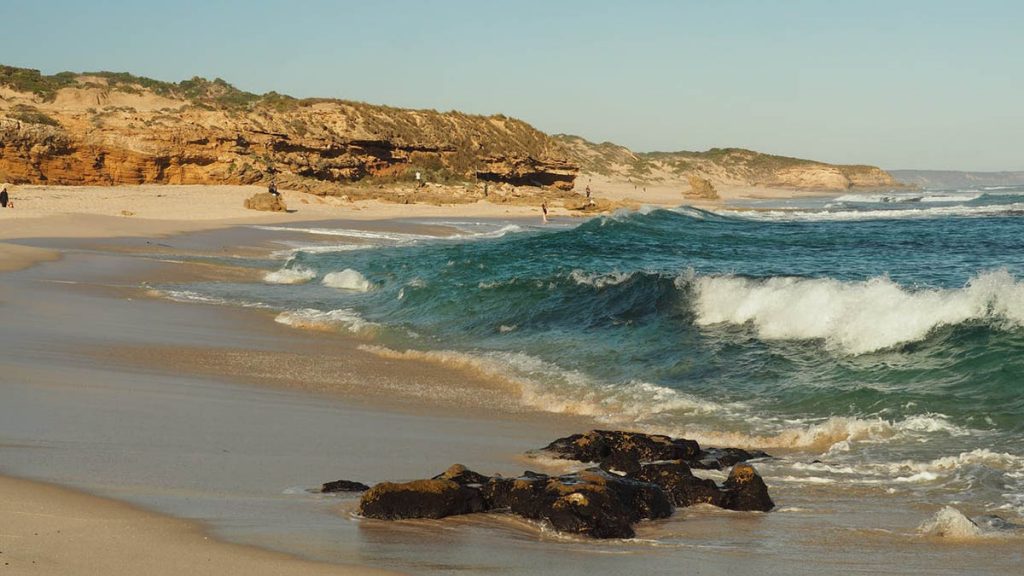
From the Rye Ocean Beach car park at the end of Dundas Street walk westward along the beach. You will pass access tracks leading inland to Gunida Court and Alison Avenue, and make your way around two small headlands. After approximately 2.5km you will see a red-capped post in the dunes that indicates the start of the track leading off the beach. Follow this track and the red-capped posts as it meanders along the cliff tops and rugged coastline past the intersection of the inland track to Brewster Road before descending onto the western end of Number 16 Beach. Continue along the beach past Avon Road and Heyfield Road exits until you come to the sandstone outcrop of Lizard Head. Further along at the eastern end of the beach, a set of stairs access the track to the No. 16 car park.
The path surface is gravel track and beach sand. Dangerous currents. Swimming not advised.
This walk can be completed in either direction and joins Gunnamatta Ocean Beach in the east to Bridgewater Bay in the west as part of the 30km Coastal Walk.
Sweetwater Creek Lower Nature Reserve Boardwalk
1A Liddesdale Avenue, Frankston South, 3.2kms
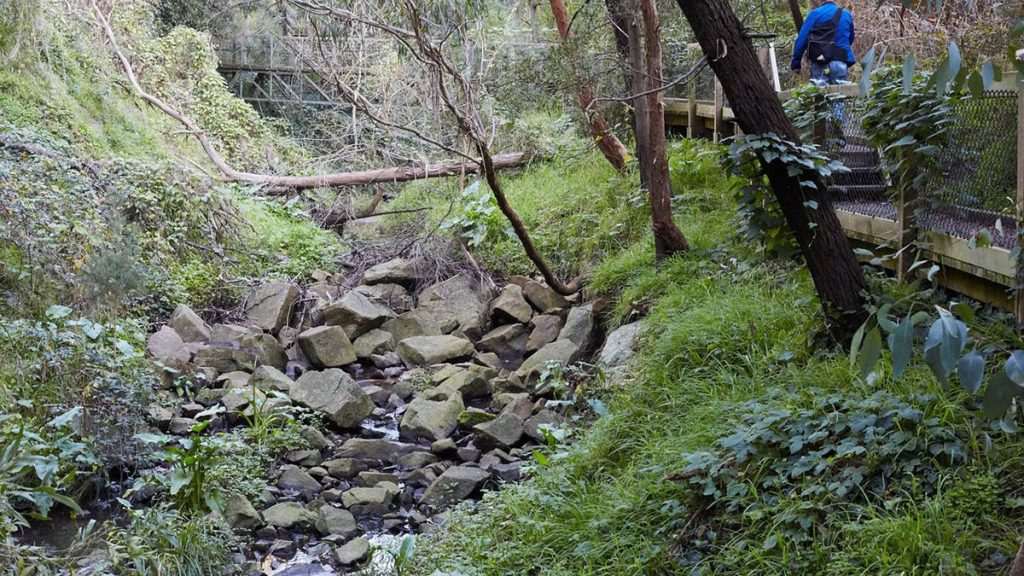
Sweetwater Creek extends from the foothills of Frankston Reservoir to Port Philip Bay at the base of Olivers Hill. Thirteen hectares of remnant bushland surrounding the lower section of the creek is protected for its flora, fauna, geological and cultural heritage values. Walking tracks wind their way along the creek from swamps to steep gullies and floodplains to foothills. The Reserve corridor remains a unique ribbon of forest, heath, swamp and grassland interlocked by walking trails and resting places.
After 200 metres or so after the Liddesdale entrance, the walking track winds through the bush habitat by a series of steps and inclines to areas of heath and grasses. The main track takes walkers beside rock pools, across bridges, through an enclosure of native shrubbery and eventually onto a boardwalk. “The Granites” is a particularly beautiful spot where the creek has carved out its path around large rocky outcrops and boulders. The boardwalk now winds through a corridor of melaleuca and swampland.
Narringalling, meaning ‘sweet water’, is the name given to the creek by the local Boon Wurrung people who used it as a source of freshwater. Around the 1850s European settlers built huts near the creek mouth. In the late 1800s logging by woodcutters operating out of Canadian Bay resulted in the clearing of most of the eucalypts and wattles. The timber was used for the Melbourne fuel, furniture and tanning markets. The denuded areas were then invaded by Coast Tea-tree. The reserve has been rehabilitated and the creek has again become an excellent habitat for indigenous plants and animals.
Langwarrin Reserve Walking Tracks
McClelland Break, Langwarrin, 6kms
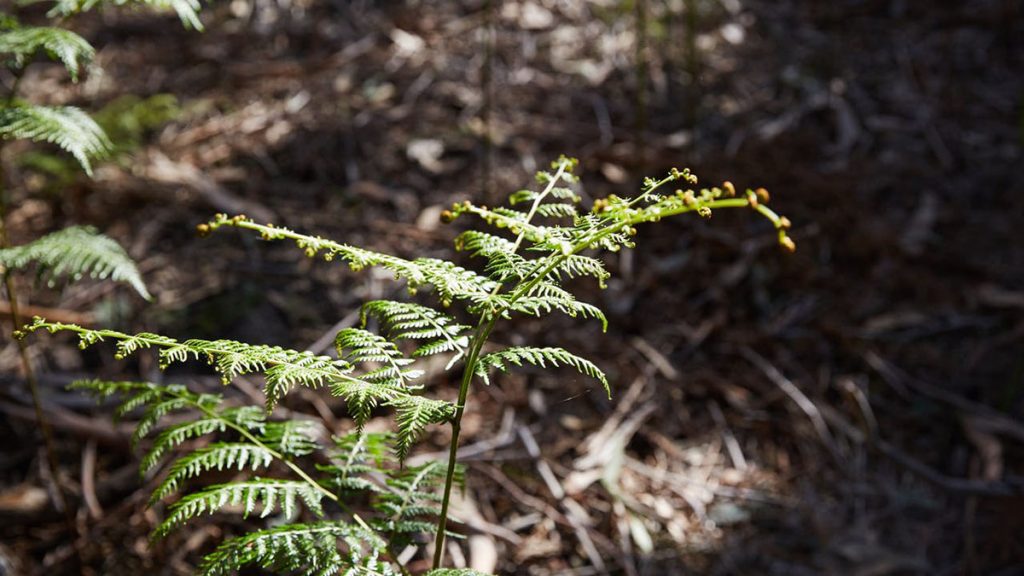
Langwarrin Flora and Fauna Reserve is one of the few remaining areas on the South Eastern fringe of Melbourne recognised as an important area for conservation of indigenous flora and fauna. The reserve which covers 214ha has an important place in military history with almost a 100 year history of military use spanning from 1886 to 1979. The park’s track network transects a variety of vegetation communities and also provides access to the reserves historical sites.
The Reserve is an ideal setting for quiet recreational activities including walking, jogging, photography, nature study and also cycling and horse riding in defined areas.
The Reserve comprises vegetation of state significance with 300 indigenous flora species, equating to 45 percent of the species indigenous to the Mornington Peninsula at present. The Reserve also provides important habitat for native fauna, particularly small mammals. Half of the mammal species known to exist on the Peninsula were once present within this reserve, including two endangered species, the Southern Brown Bandicoot and the New Holland Mouse. A total of 98 bird species including the rare Southern Emu-wren have been recorded in this reserve.
Source: www.visitmorningtonpeninsula.org

